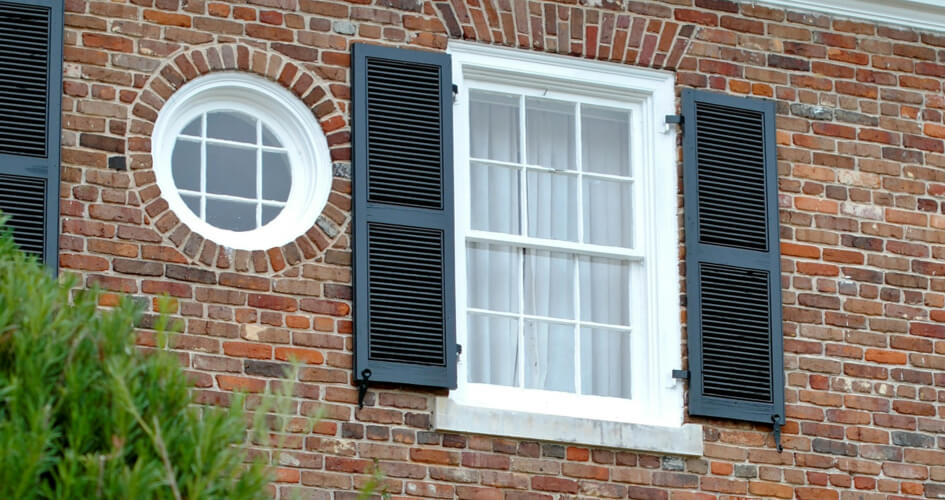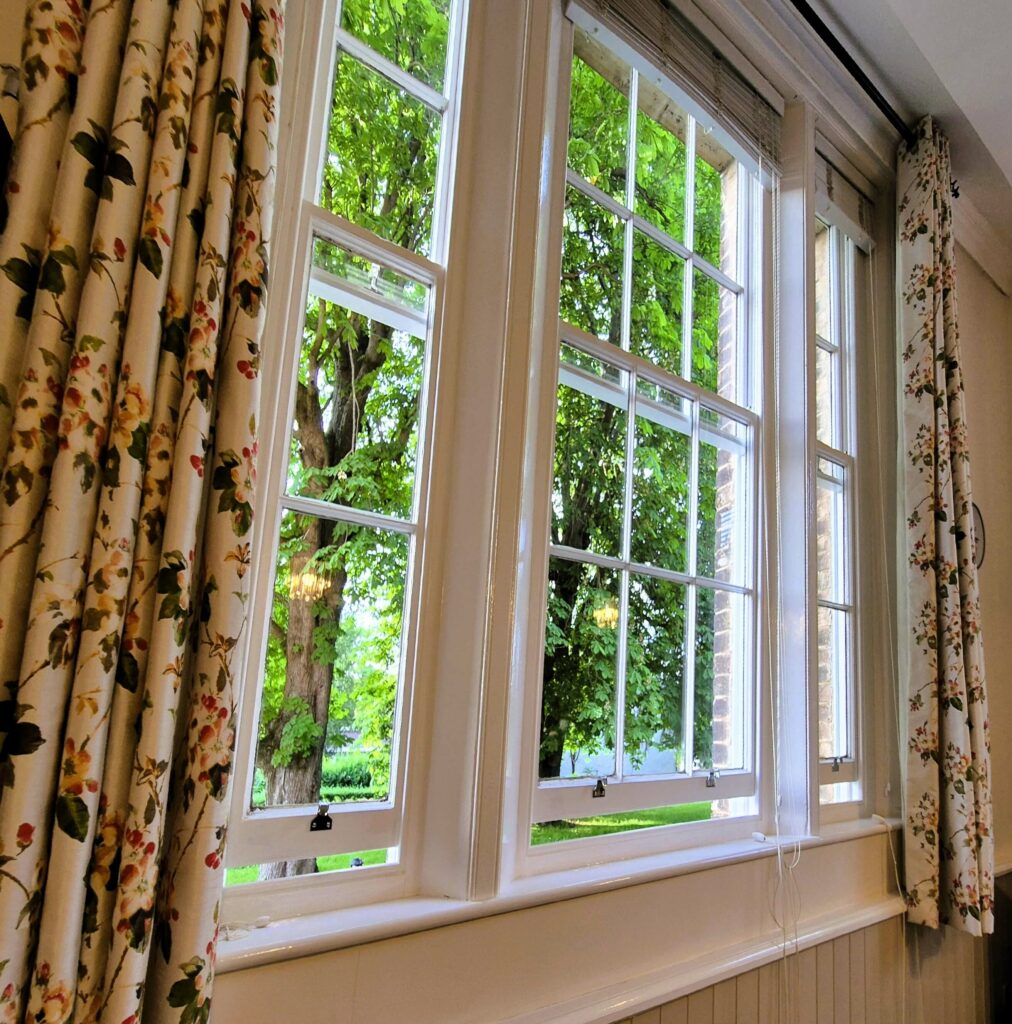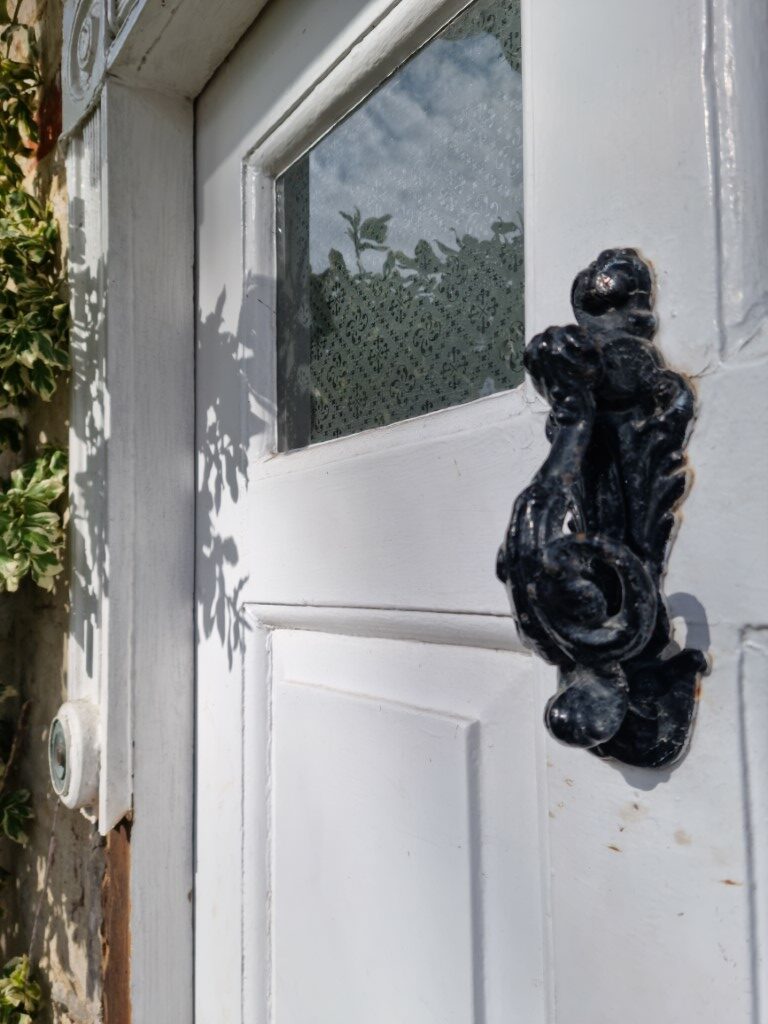Period windows
A period window is a broader term for various window styles popular during specific historical periods. These windows reflect the architectural trends and technological advancements of their time. Here are some common examples:
- Tudor windows (15th-16th century)
Rectangular in shape with stone mullions (decorative dividers) creating smaller panes. Often seen in grand estates.
- Georgian windows (18th century)
Known for their large panes, symmetrical proportions, and emphasis on natural light.
- Sash windows (17th century onwards)
As described above, sash windows were a popular style throughout several periods, particularly Georgian, Victorian, and Edwardian.
- Casement windows (Medieval onwards)
These windows feature hinges on the side that allow them to open outwards. Often found in cottages and smaller homes throughout various periods.
Sash windows
A sash window is a specific type of window featuring vertically sliding panels called sashes. These sashes are housed within a fixed frame and typically counterbalanced by weights and pulleys hidden within the frame itself.
- Mechanism
The sashes slide up and down within the frame, allowing for controlled ventilation and light entry.
- Benefits
Sash windows offer many advantages, including easy operation, improved ventilation control compared to fixed windows and can be a good fire escape due to the ability to open a large portion of the window.
- History
Sash windows originated in 17th century London and became a popular choice throughout the Georgian, Victorian, and Edwardian eras.
What is the difference between a period window and a sash window?
The main difference is that a sash window refers to a specific operating mechanism (vertically sliding sashes), while period window is a broader term for various window styles from different historical eras. Sash windows can be considered a type of period window, but not all period windows are sash windows, for example, Tudor windows with mullions wouldn’t be classified as sash windows).











